At Coastal Plains Institute, we value the contribution citizens make for conservation science. To that end we have created a citizen science project, Adopt an Ephemeral Wetland, and are supporting projects created by others. Read below to see how you can get involved!
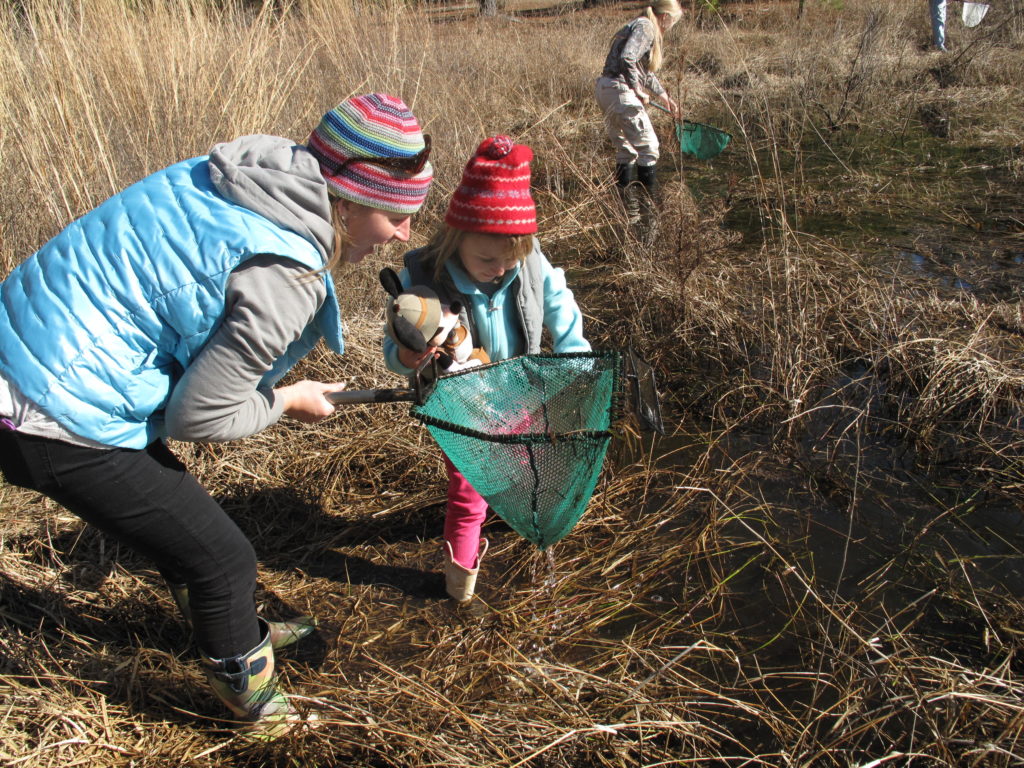
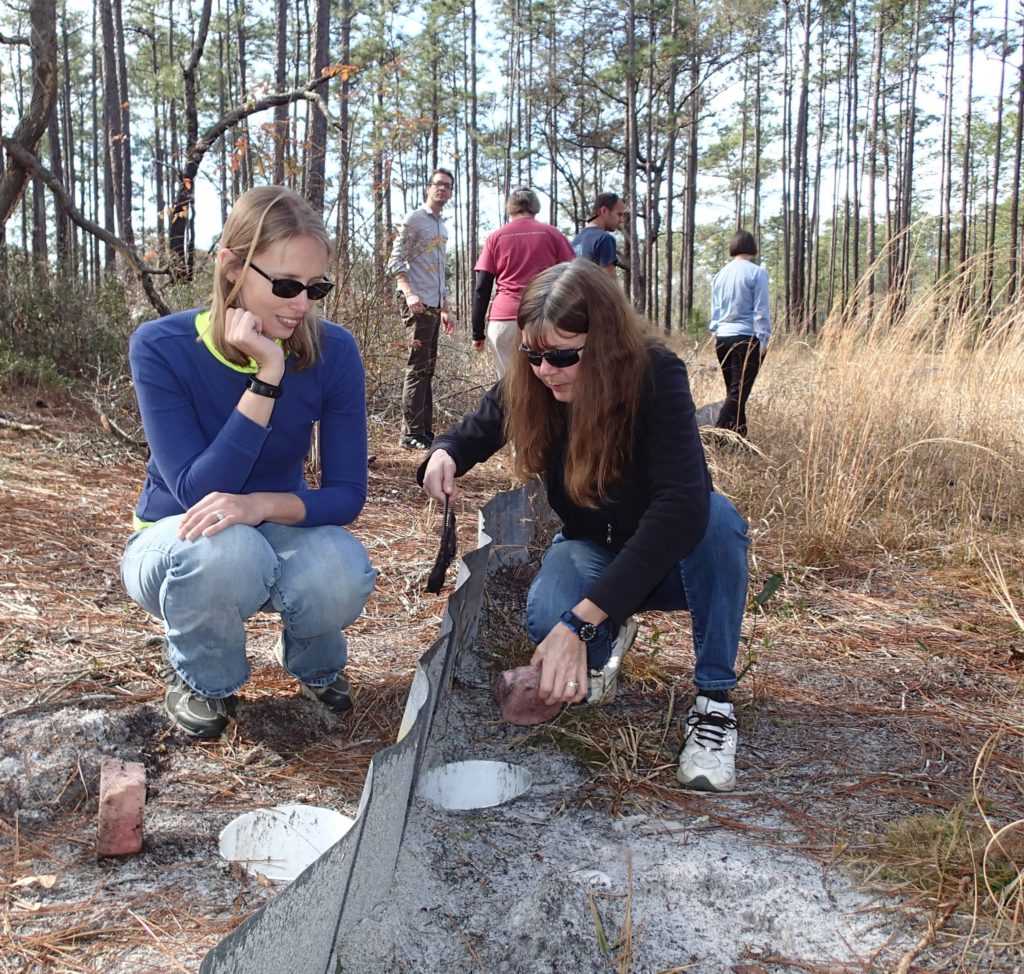
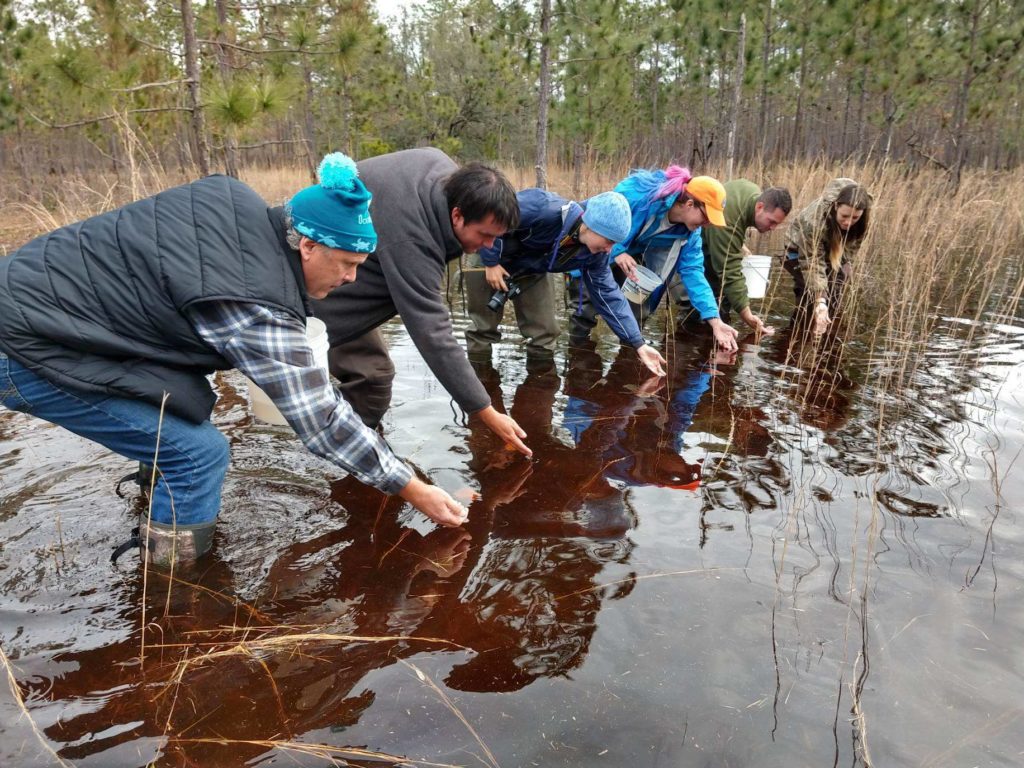
Adopt a Pond
We are in our 9th year of this very popular program. Volunteers adopt a wetland (or 2), are trained in amphibian ID and provided equipment, then go off on their own to survey the amphibians in that wetland at least twice a year. Click here for details.
Striped Newt Repatriation Team
Our striped newt repatriation project involves, among other things, checking drift fences with associated bucket traps, that encircle three wetlands in the Apalachicola National Forest, every day from January through August. Obviously we could use some help and that’s where our Team comes in! We train you and you volunteer to check the fences at your convenience using an online sign-up calendar. Email Rebecca (rebecca@coastalplains.org) to be notified about training opportunities. If you are our volunteer of the year, you may even win one of these (of course you could buy one too):
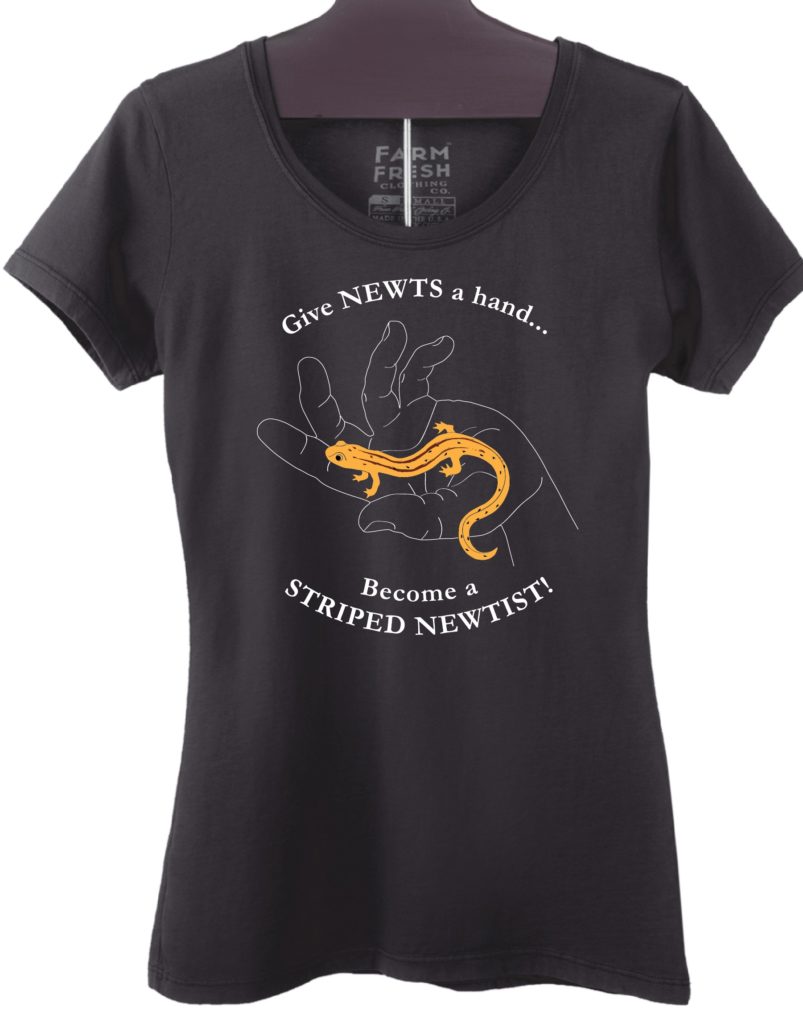
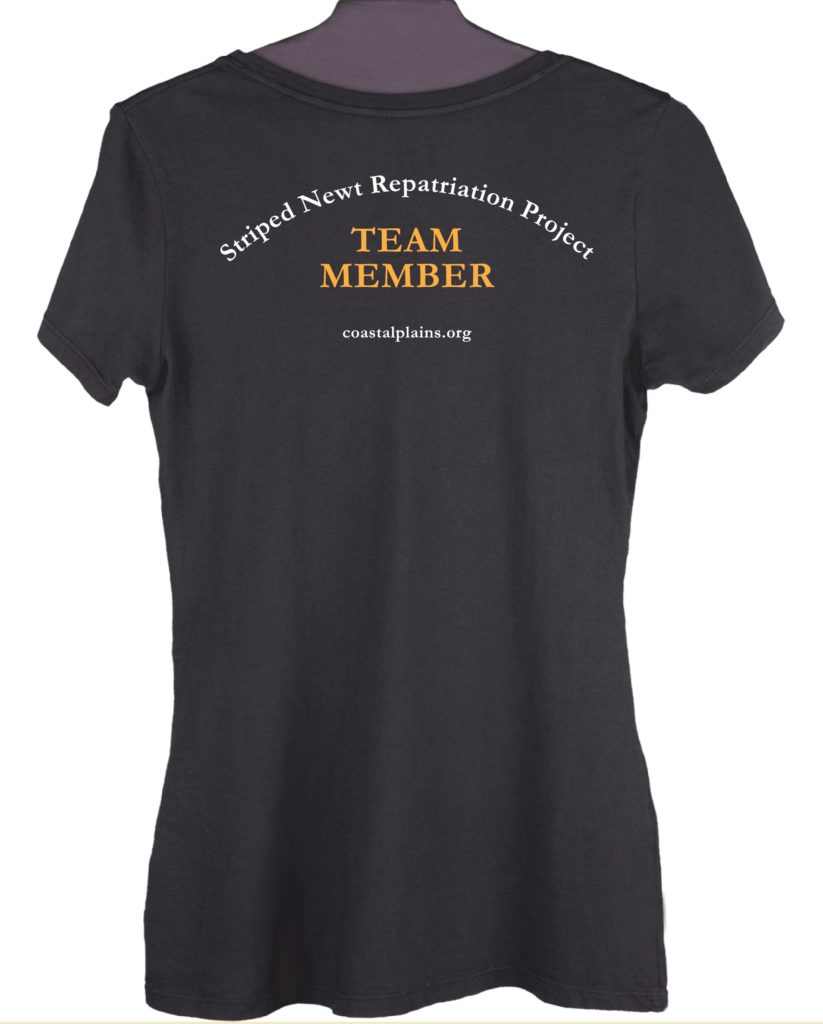
Mapping Microplastics
We have partnered with Mapping Microplastics to test for the presence of microplastics (tiny plastic particles) in ephemeral wetlands. Participants in our Adopt an Ephemeral Wetland program also have the option to collect water samples in their adopted wetlands and attend a Microplastics Party (perhaps virtually) to analyze their samples with Coastal Plains Institute staff then submit the data on the mappingmicroplastics.org website.
Finding Fluorescence
We have partnered with a postdoctoral student at FSU to provide opportunities for our volunteers to collect data on biofluorescence in amphibians, invertebrates, plants, and other species that call ephemeral wetlands home. Fluorescence is important for reproduction (think pollinators), camouflage, and so much more. Courtney Whitcher has beautiful images and fantastic information on her website Finding Fluorescence.